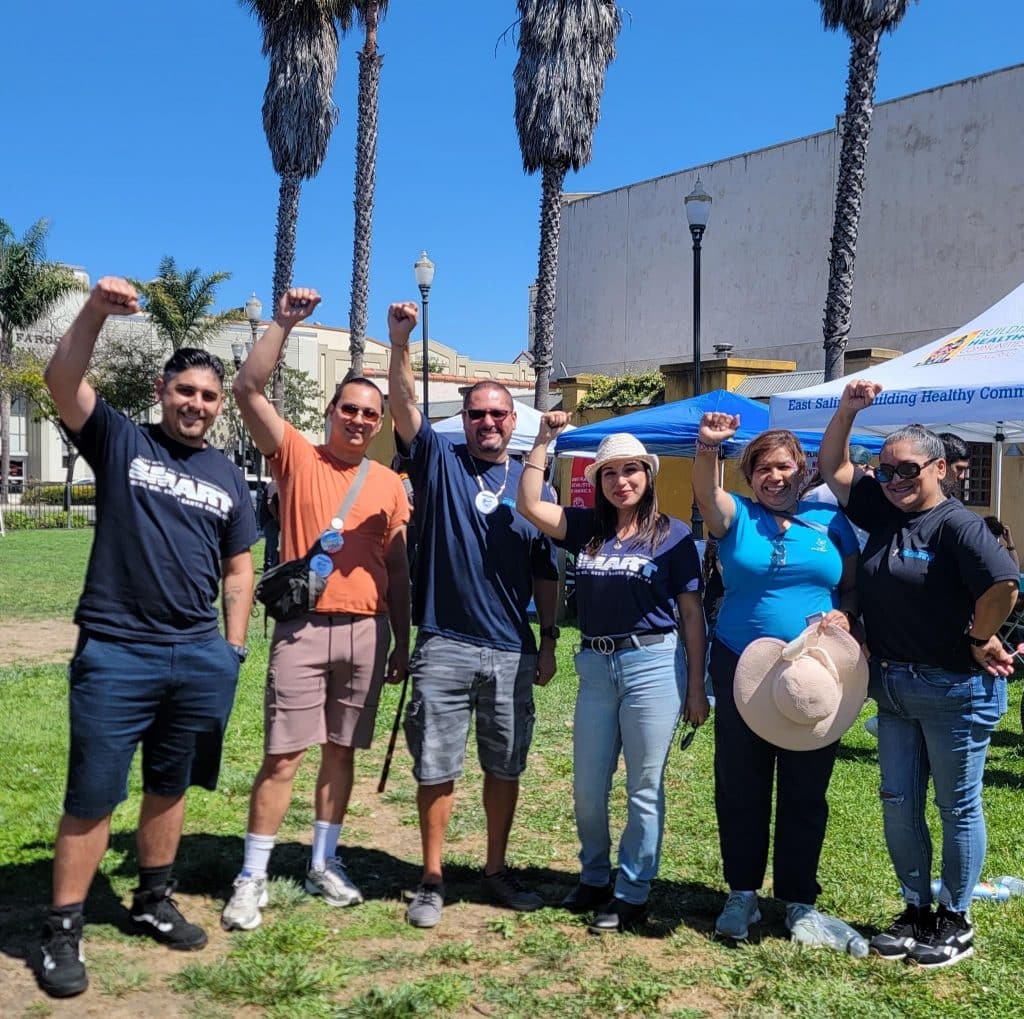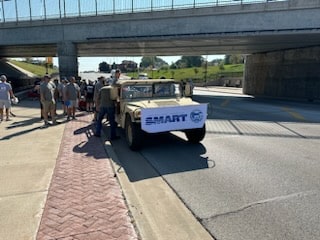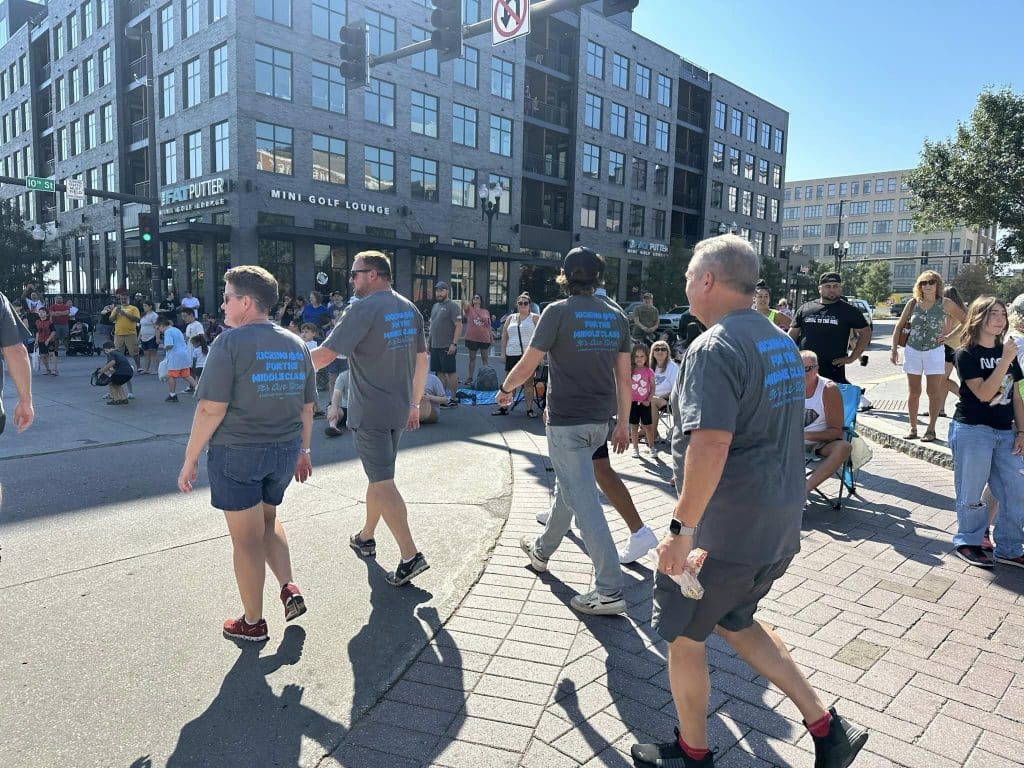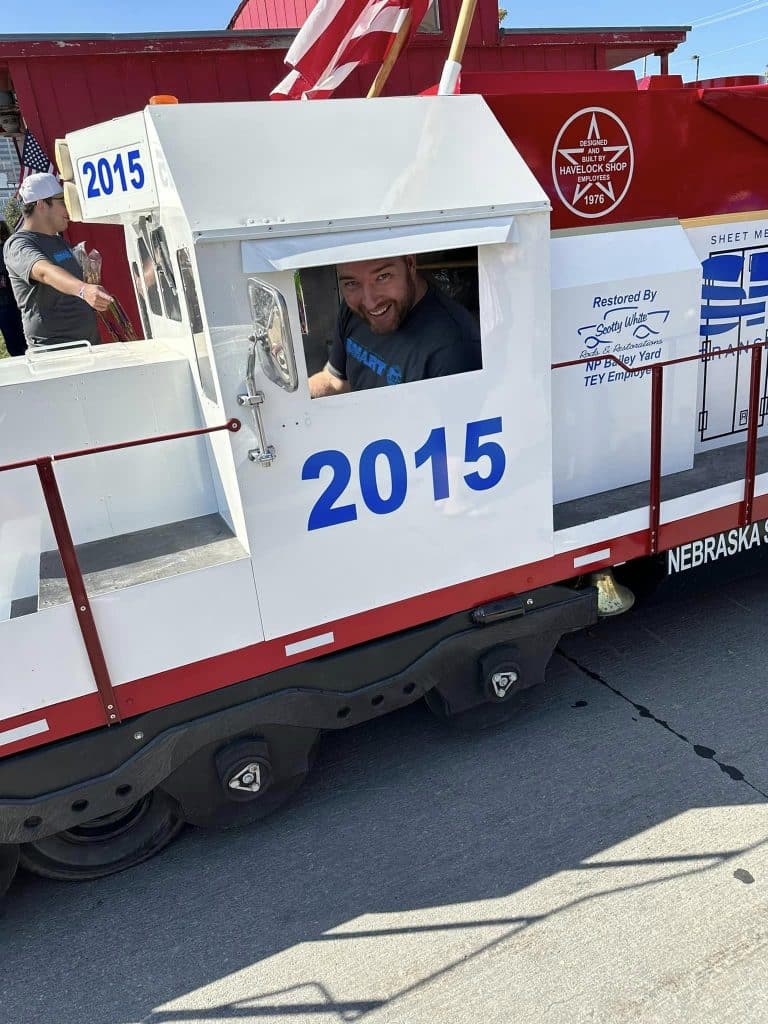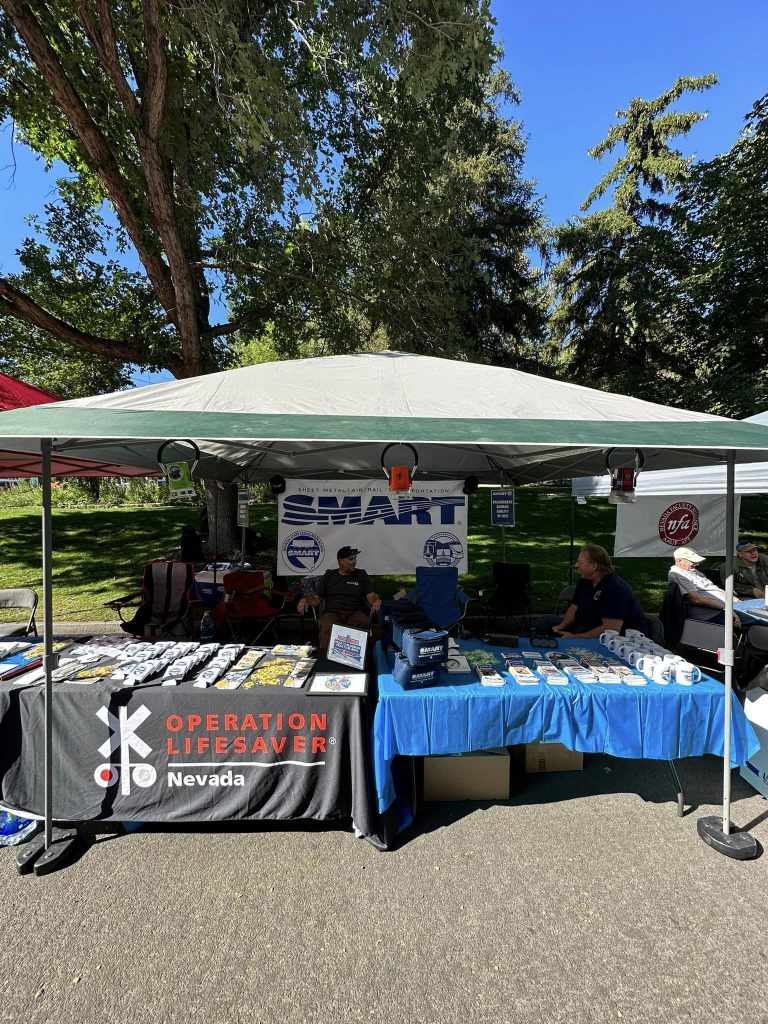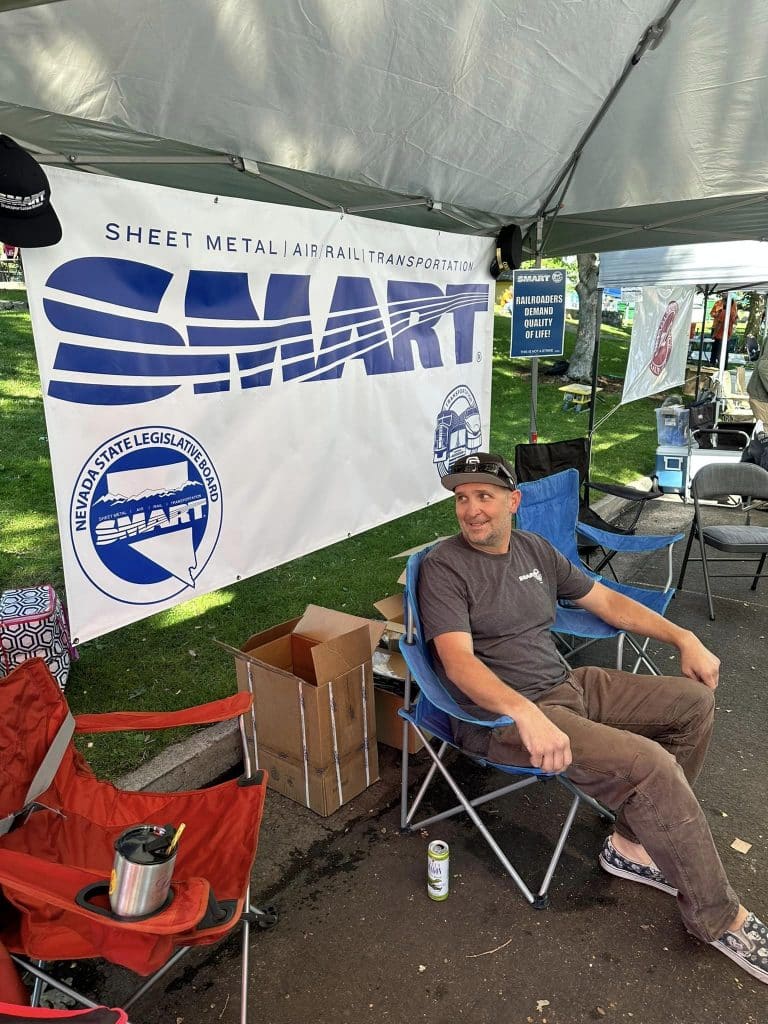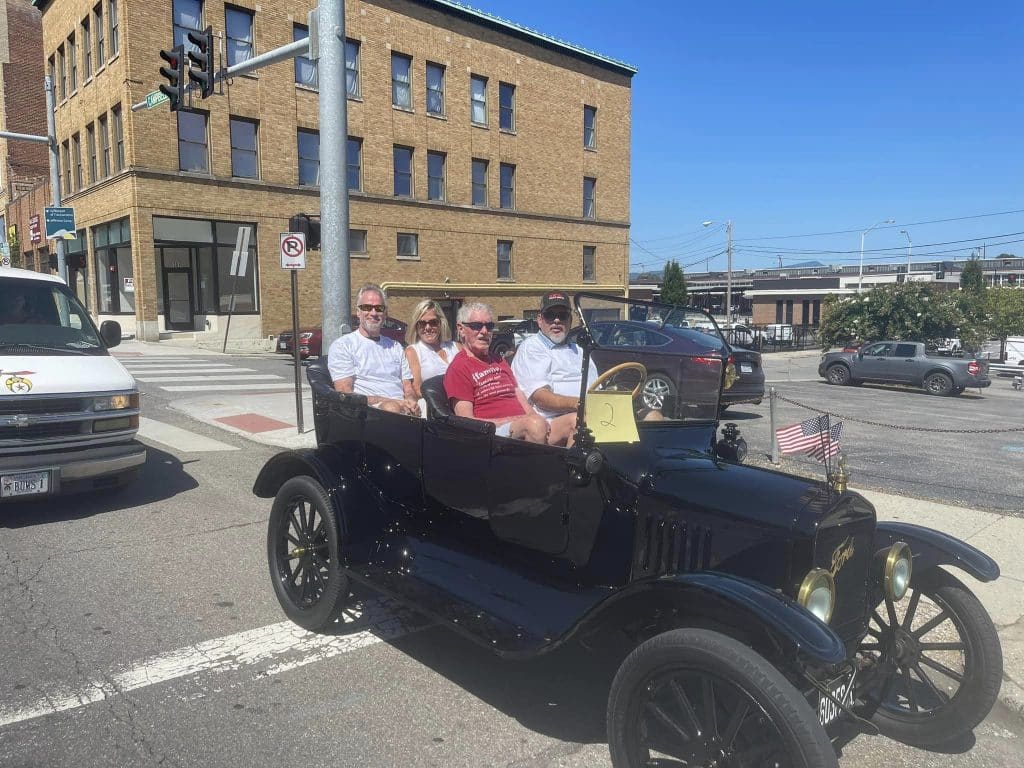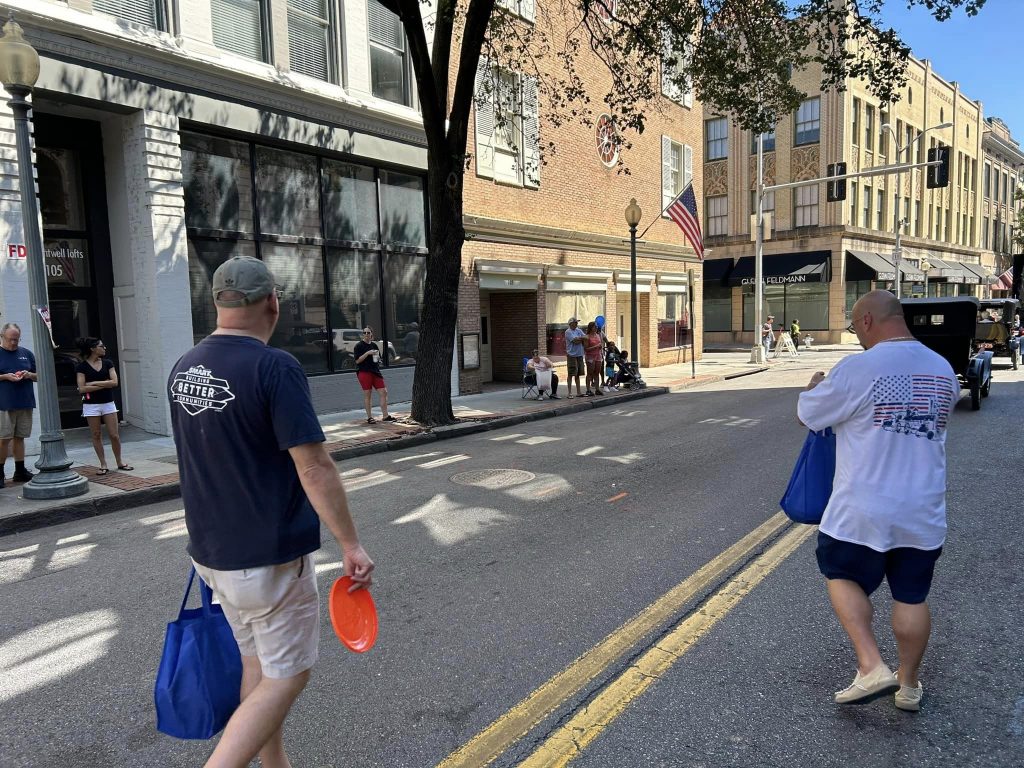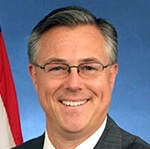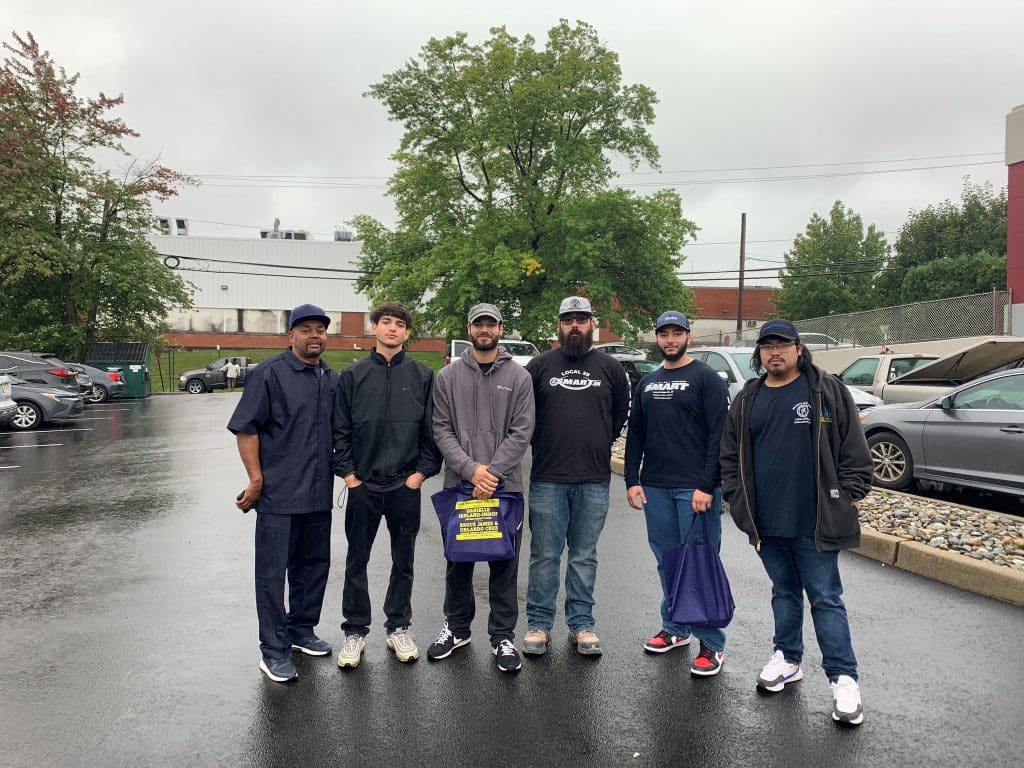
This election cycle, SMART members across sheet metal and the Transportation Division flexed their muscles at the ballot box, helping elect union-friendly candidates across the United States. That includes SMART members who ran for office themselves, pledging to pursue policy that supports working families.
In New Jersey, the SMART New Jersey State Council endorsed a bipartisan group of pro-labor candidates that won big. Johnnie Whittington of Local 27 (southern New Jersey) won his election to the East Windsor Township Council, while Glen Kocsis — also from Local 27 — won re-election to the Neptune City Council: putting the voice of SMART workers in powerful positions to benefit their union brothers and sisters.
“So far this election cycle, 82% of our labor candidates have won their elections,” said Joseph Demark, Jr., president of the New Jersey State Council for Sheet Metal Workers, president and business manager of Local 25 (northern New Jersey) and executive board member of the New Jersey State AFL-CIO. “Together, we made the difference and won!”
In Kentucky, SMART members endorsed and helped re-elect Andy Beshear as governor. His victory is a big win for workers — during his first term, he made Kentucky the battery manufacturing capital of America, and he stood shoulder-to-shoulder with union members from the picket line to the governor’s office. Thanks in no small part to Beshear’s leadership, SMART members are seeing an extraordinary amount of work in the Bluegrass State — and our union is growing as a result.
Up and down the ballot, in races across the country, SMART members fueled a score of impressive victories. Warren Faust, SMART International representative and former business manager of Local 44 (northeastern Pennsylvania), won re-election to the Wilkes-Barre School Board. And in Virginia, workers marched to the ballot box to help pro-union candidates take the state House and Senate, putting advocates for working families in control of policymaking.
Ultimately, 2023 reiterated the importance of the union vote. Election Day reminds all legislators: When you stand with union members, union members stand with you.
“From door-knocking, to phone-banking, to peer-to-peer text messaging, we showed the power of our vote,” said SMART-TD Virginia State Legislative Director Ronnie Hobbs. “When we stand together as one, there is NOTHING that can stop us in our tracks.”
